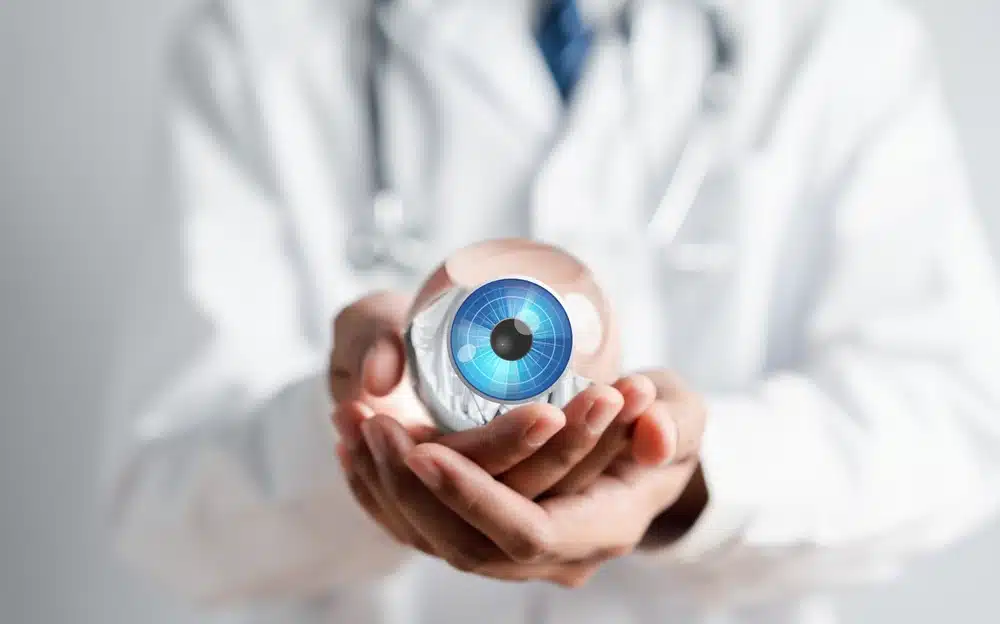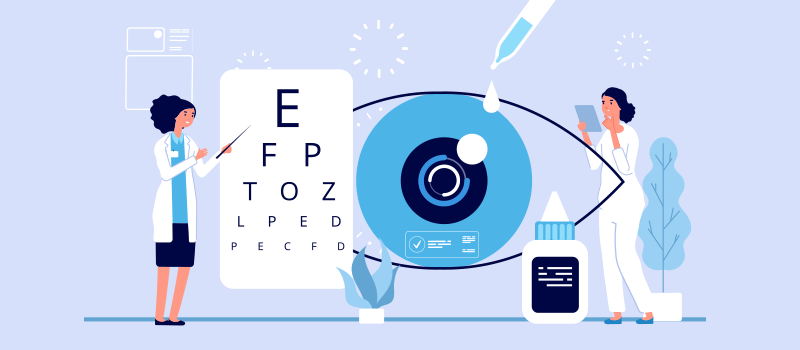Comprehensive Cataract Care Service: Expertise You Can Count On
Comprehensive Cataract Care Service: Expertise You Can Count On
Blog Article
Everything You Required to Know Regarding the Newest Innovations in Glaucoma Therapy and Eyecare
In the world of eye health, developments in the treatment and administration of glaucoma have actually been gradually advancing, leading the means for boosted person treatment and outcomes. From advanced analysis devices that use unmatched understandings into the illness progression to innovative medical techniques that assure better accuracy and quicker healing times, the landscape of glaucoma treatment is undergoing a significant transformation.
Advanced Diagnostic Technologies
Advanced diagnostic modern technologies play an essential role in the early discovery and monitoring of glaucoma, enabling more reliable therapy and administration of the condition. Amongst these innovations, optical coherence tomography (OCT) stands apart as a non-invasive imaging method that offers detailed cross-sectional photos of the retina, optic nerve head, and retinal nerve fiber layer. This high-resolution imaging assists clinicians assess architectural adjustments in the eye triggered by glaucoma, enabling them to interfere immediately.
Furthermore, visual area testing, such as automated perimetry, is an additional necessary analysis tool for evaluating glaucoma-related vision loss - cataract care service. This test measures the level of sensitivity of a patient's aesthetic field, aiding to discover any locations of vision loss or distortion. By integrating OCT imaging with aesthetic field screening, doctor can acquire an extensive understanding of the illness's progression and tailor treatment prepares accordingly
Minimally Intrusive Procedure
In the realm of glaucoma monitoring, the focus moves in the direction of minimally invasive surgeries as a proactive method to resolve the progression of the problem adhering to advanced analysis analyses such as optical coherence tomography (OCT) and aesthetic area testing. Minimally invasive glaucoma surgical procedures (MIGS) have gotten appeal due to their effectiveness in minimizing intraocular stress while reducing the dangers and recuperation times related to conventional glaucoma surgical procedures. These treatments are generally done via tiny incisions, frequently together with cataract surgery, making them less invasive and much more comfortable for clients.
Some typical MIGS treatments consist of trabecular micro-bypass stents, which boost the discharge of aqueous wit, and micro-sized implants that boost drainage in the eye. Additionally, laser treatments such as careful laser trabeculoplasty (SLT) offer a non-invasive choice for reducing intraocular stress. By including these minimally intrusive strategies right into glaucoma monitoring, eye doctors can give people with reliable therapy options that prioritize safety and fast recuperation, ultimately boosting lasting end results for people with glaucoma.
Novel Drug Therapies
Arising drug treatments present encouraging opportunities for enhancing the medicinal administration of glaucoma, providing innovative techniques to deal with intraocular stress control and illness development. One novel medicine therapy that has actually garnered attention is Rho kinase preventions.

Telemedicine and Remote Monitoring
With the advancement of novel medicine therapies broadening continue reading this the therapy landscape for glaucoma, the combination of telemedicine and remote surveillance becomes an essential part in improving client treatment and illness monitoring. Telemedicine enables eye treatment professionals to remotely analyze patients, supply consultations, and screen illness progression without the need for in-person brows through. This is particularly helpful for glaucoma patients who need constant surveillance to avoid vision loss. Remote tracking modern technologies allow people to measure their intraocular pressure or visual area in the house, enabling timely adjustments to treatment plans. By you can try here using telemedicine and remote surveillance, doctor can improve accessibility to care, enhance person conformity, and identify potential issues early, resulting in better results for individuals with glaucoma. Furthermore, these innovations use ease for people, specifically those in remote locations or with flexibility constraints, by lowering the demand for constant facility sees. Embracing telemedicine and remote tracking in glaucoma management stands for a substantial innovation in enhancing individual care and treatment efficacy.
Personalized Therapy Methods
Progressing beyond conventional one-size-fits-all strategies, customized therapy strategies tailored to private person qualities are reinventing the monitoring of glaucoma. By customizing therapy strategies based upon elements such as age, illness extent, lifestyle, and other health and wellness problems, eye doctors can optimize results and enhance patient complete satisfaction.
Individualized treatment approaches in glaucoma involve a thorough analysis of each patient's special account. This may include genetic screening to identify specific threat elements, imaging strategies to analyze architectural changes in the eye, and practical examinations to review visual field loss. By integrating these personalized insights, healthcare companies can establish targeted interventions that attend to the underlying root causes of glaucoma progression for every individual.
Moreover, developments in technology have made it possible for the growth of tailored therapy choices such as minimally invasive glaucoma surgical procedures review (MIGS) tailored to the client's certain requirements - cataract care service. These treatments use efficient intraocular pressure control with less issues, enhancing the overall high quality of look after glaucoma people. Welcoming individualized treatment approaches notes a considerable standard change in glaucoma management, stressing precision medicine to provide tailored services for far better individual outcomes
Verdict
Finally, the latest technologies in glaucoma treatment and eyecare consist of advanced analysis innovations, minimally intrusive surgical procedures, unique medication treatments, telemedicine and remote monitoring, and tailored treatment strategies. These developments are changing the method we detect and treat glaucoma, providing more reliable and customized choices for patients. By staying current with these developments, health care specialists can provide much better treatment and improve end results for individuals with glaucoma.

With the evolution of unique medicine therapies broadening the therapy landscape for glaucoma, the integration of telemedicine and remote monitoring arises as a pivotal element in boosting patient care and condition management. cataract care service. Embracing telemedicine and remote tracking in glaucoma monitoring stands for a significant improvement in maximizing patient treatment and therapy efficiency
In conclusion, the newest technologies in glaucoma therapy and eyecare include advanced diagnostic technologies, minimally invasive surgical treatments, unique medicine treatments, telemedicine and remote surveillance, and tailored therapy strategies.
Report this page